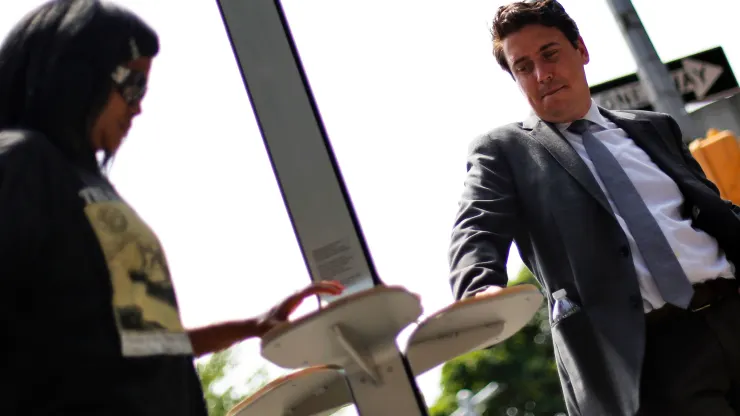Precious little lives face tremendous challenges as they enter this world, sometimes. Congenital heart valve defects unfortunately afflict some infants, subjecting them to the agony of valve replacement surgeries. Previously, medical practice involved transplanting cryopreserved valvular tissue, but these were dead tissues incapable of growing with the child. This method necessitated repeated surgeries for the children to continuously receive new valve implants, undoubtedly increasing the likelihood of poor prognoses.
Today, the medical community has ventured into a revolutionary new surgical technique that may allow transplanted valves to grow with the child. This technique involves the transplantation of parts of the heart tissue, biologically active valves, and segments of blood vessels. An outstanding recent case in 2022 involves a newborn, Owen Monroe, who became the first child to receive such a surgery, with a growth-enabled valve transplant sourced from a brain-dead infant.
Owen was born with a rare birth defect called persistent truncus arteriosus, meaning his heart had only a single arterial trunk for pumping blood, equipped with just one trunk valve. This structure caused his heart to mix oxygen-rich and oxygen-poor blood during circulation and accumulate in the lungs, thereby imposing a severe burden on the heart. Additionally, the arterial trunk valve was defective and failed to properly control blood backflow, so the doctors used parts of the aorta and its valve as well as parts of the pulmonary artery and its valve from a donor for the replacement.
Heart surgery expert Dr. Joseph W. Turek, the director at Duke Health, was the lead surgeon for this transplant operation. In a report published in the Journal of the American Medical Association (JAMA), Dr. Turek and colleagues shared one-year follow-up results post-surgery. The outcome was uplifting—Owen’s valve developed well as he grew, and there has been no sign of rejection so far.
However, immunosuppressive therapy after transplantation is a longstanding and risky affair for a child. Thus, the medical team hopes to administer as low a dose as possible of immunosuppressive drugs to Owen. By his first birthday, the dosage had already been halved. Dr. Jennie Z. Kwon from the Medical University of South Carolina, a cardiothoracic surgeon, also contributed to the development of this technology, laying the groundwork for this novel kind of transplant surgery.
Considering the limited blood supply inside the valve, medical experts anticipate that immune cells may not easily reach the transplanted valve, hopefully reducing the need for strong immunosuppression. In the United States, there have already been more than ten successful cases of similar surgeries. A remarkable breakthrough occurred in May 2023 when doctors at the NewYork-Presbyterian/Morgan Stanley Children’s Hospital completed a “domino” surgery; first, a full donor heart was transplanted to an infant in need of a myocardium, followed by transplanting that infant’s original heart valves to another child, thus saving two little lives in one process.
Dr. Andrew B. Goldstone, a pediatric heart surgeon involved in the “domino” transplant, remarked, “This is the first study to suggest that valves can grow with the recipient, which is of significant clinical importance.” However, he also cautions that the study is “still in its very early stages.”
Goldstone and others have indicated that the greatest challenges currently lie in donor coordination and transplant regulation. However, Tourek hopes this new surgical technique will truly benefit more children. “I believe that the surgery itself is the best management of precious organs, we just want to try our best to help more babies,” he said.







